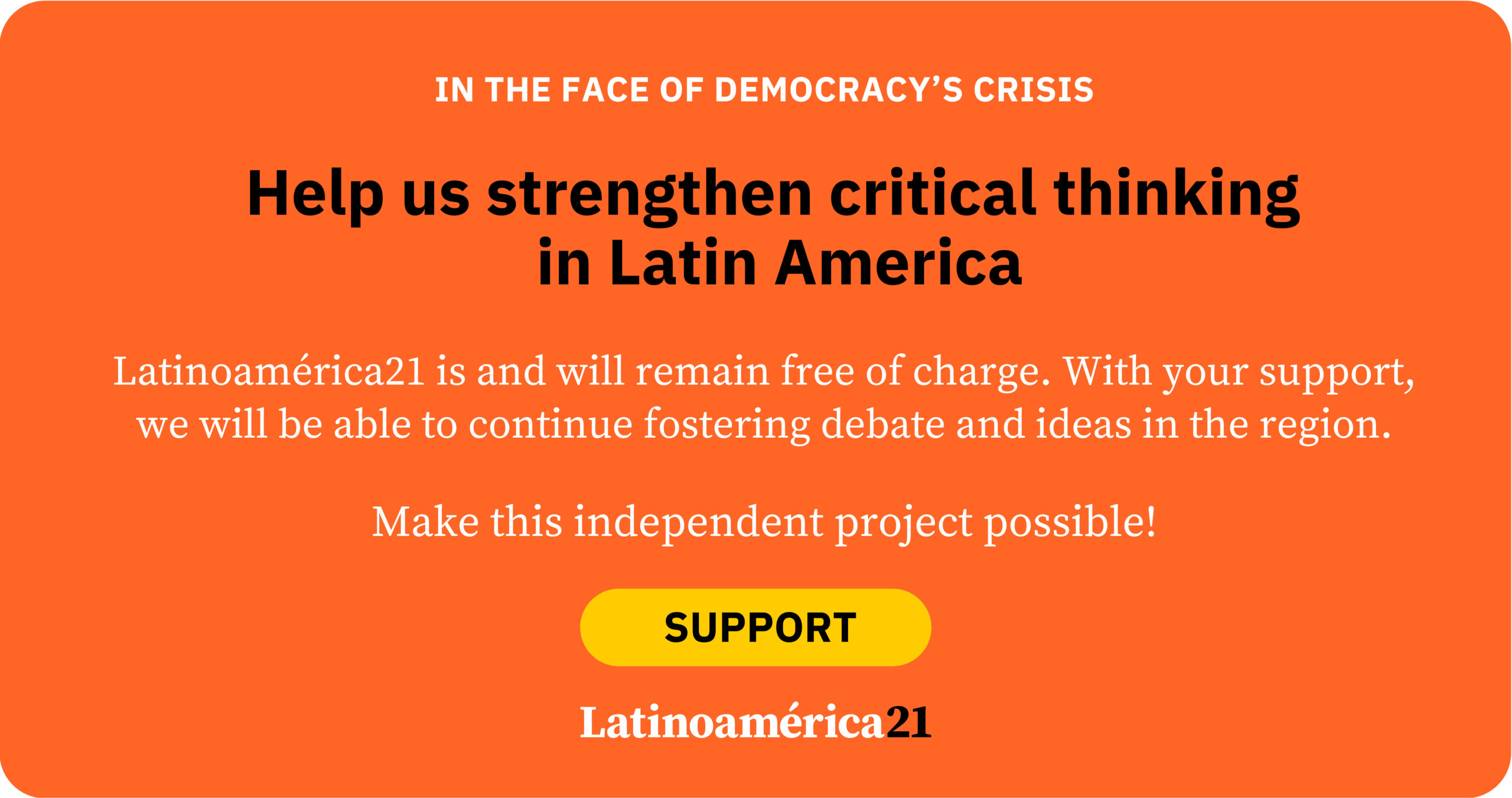With the current protests in Panama, there have now been four major waves of social mobilization in the country since December 2019. This is noteworthy, as the country has stood out for being a stable democracy, with regular changes in power, a per capita GDP well above the regional average, and no historical precedent for protests on the scale of those seen recently. So, what’s behind the protests, why are they happening now, and what political landscape does the country face?
At present, the strikes and demonstrations have been triggered by several issues: the legislative approval of a pension reform, the signing of a memorandum of understanding between Panama and the United States—which some view as a violation of the country’s sovereignty—and the government’s discussion of reopening a mining concession that was declared unconstitutional last year. But protests had already occurred in December 2019, driven by youth movements around a constitutional reform proposed by the government of Laurentino Cortizo, which attempted to impose it without citizen consultation. In July 2022, the country experienced its largest protests since the democratic transition, driven by the high cost of living; and in October and November 2023, those protests were surpassed following the swift legislative approval of the contract with the company exploiting the aforementioned mine.
The country is currently undergoing a cycle of citizen dissatisfaction and institutional disillusionment that goes beyond specific events, demanding a look further back.
According to surveys by the International Center for Political and Social Studies (CIEPS) from 2023, support for democracy is low—just 37%. Public opinion has also declined with respect to institutions such as the government and political parties, which are supposed to represent collective interests. Support for the government has dropped from 40.1% in 2019 to 23.1% in 2023, while support for political parties has fallen from just over a quarter to 15.1% of the population during the same period. Additionally, 62.4% report feeling a negative emotion when asked about politics.
Panamanians are experiencing a decline in trust in politics as a means of addressing demands and managing social conflict.
Why now and not before?
This could be related to the stagnation of the economy. After significant growth over the past decade, the country has suffered an economic slowdown exacerbated by the pandemic and one of the strictest lockdowns in the world. In a country marked by deep inequality, this particularly impacted the most vulnerable and the youth—two social groups with the lowest levels of support for the democratic regime, according to CIEPS surveys. Young people, in fact, played a major role in the 2019 and 2023 mobilizations.
However, this social and economic context is not unique to Panama. Beneath the country’s apparent political stability lies an electoral system particularly favorable to traditional political parties, as highlighted by experts Brown Araúz and Nevache. The electoral formula and the size of constituencies in legislative elections overrepresent the largest parties, which are known for their clientelistic and patronage-driven practices. This has prevented new groups and demands from entering the system.
One way the Panamanian state has tried to address this shortcoming is through dialogue mechanisms with sectors demanding specific solutions or inclusion. But this mechanism has worn out to the point where it is no longer a viable alternative to representation problems.
Within this framework, the possibility of independently nominated candidates has emerged, becoming an expression of dissatisfaction with the old party system. From this, Ricardo Lombana has emerged as a presidential alternative, finishing third in 2019 and second in last year’s elections. Likewise, the independently elected bench became the largest in the National Assembly in 2024, with 20 of the 71 deputies. It remains to be seen how this new political phenomenon—rooted in an anti-corruption discourse—will manage to capture the diverse social and economic demands that have been building up.
What is clear is that the government, traditional parties, and new independent political forces must respond not only to the difficulties stemming from social and economic conditions, but also to the growing detachment of a portion of the citizenry from the idea of democracy as a form of social organization. The accumulation of grievances has eroded trust in politics, institutions, and even among citizens themselves—four out of five Panamanians say they do not trust others, according to CIEPS.
The solution will not be easy, nor quick. The Panamanian political system requires hard work to restore citizens’ trust.
*Machine translation proofread by Janaína da Silva.












